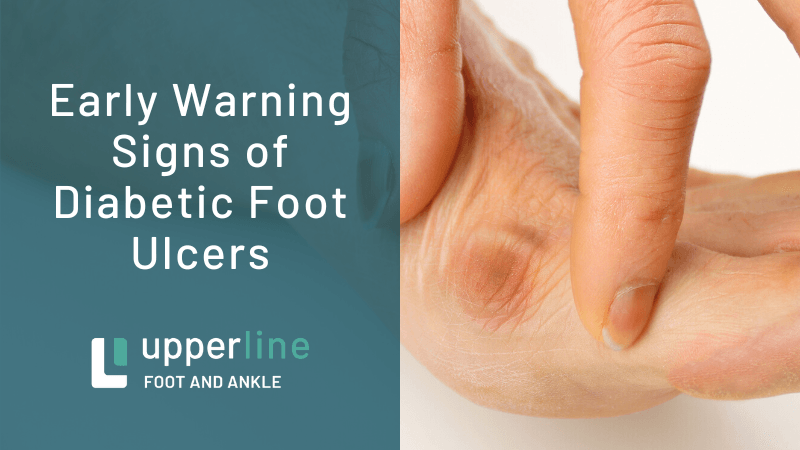What Do You Need to Know About Treating Plantar Warts?

Plantar warts affect 14 percent of Americans annually, according to a research review. If you're one of the many plantar wart patients in the U.S., take a look at the ways to treat this common foot issue.
Start With a Doctor's Diagnosis
Don't attempt to treat a supposed plantar wart with an over-the-counter (OTC) medication without a doctor's diagnosis or guidance first. Instead, your doctor can help you determine if you have plantar warts. Common symptoms of this podiatric problem include:
- A visible wart. A tough, thick spot on the bottom of the foot may form. You may have one or several spots, depending on how many warts grow.
- Pain when walking or standing. Plantar warts are often uncomfortable. If you have a strange spot along with pain when you stand or walk, talk to your doctor.
- Black dots. You may have small black dots on the thickened area of the foot. Theses spots are dried blood.
- A hole-like area. Plantar warts grow down into the skin. You may notice a hole or depression in the sole of your foot.
If you have these symptoms, contact a podiatrist for an examination because some other skin conditions may mimic warts. Without the correct diagnosis, you won't have the ability to adequately treat the issue.
Ask About Your Options
When you have a plantar wart diagnosis, you’ll need to choose a treatment. Your doctor will tailor the treatment to your individual needs. Some of these warts disappear without medical intervention; but that doesn't mean yours will. If the wart is uncomfortable, grows or spreads, or develops into other warts, your doctor may feel that you need treatment. Common plantar wart treatments include:
- Cryotherapy. The doctor may want to freeze the wart away. This in-office procedure includes the use of liquid nitrogen applied to the wart via a spray or swab. After application, a blister will form, and the skin will eventually slough off.
- Salicylic acid. This topical medication removes the wart layer by layer. The podiatrist will prescribe this type of medication for at-home use.
- Trichloroacetic acid. The podiatrist uses this type of acid in the office to gradually remove the wart.
- Laser treatment. This in-office treatment uses lasers to cauterize the blood vessels in the area. You may need several treatments before the warts falls off.
- Surgery. If other treatments don't work, the doctor may need to surgically cut (or use an electrical needle to remove) the wart.
Along with these treatments, immune therapy medications may help to heal this type of wart. Plantar warts are the body's immune response to the human papillomavirus (HPV). According to the Mayo Clinic, injectable and topical antigens may help to heal these types of warts.
Follow-Up With Your Doctor
Whether you had cryotherapy, used salicylic acid at home, or tried a laser treatment, you need to follow-up with your podiatrist. Follow-up care is an important step in the treatment process for several reasons, including:
- Complete removal. Is the wart completely gone? If part of the plantar wart lingers deep within your foot, you could see re-growth. The doctor can assess the area and determine whether the wart is still present or not.
- Re-occurrence. Just because one wart is gone doesn't mean you can't, or won't, develop more. Regular podiatrist appointments can help to catch a re-occurrence before it becomes a major podiatric problem.
- Foot health. How did the skin in the area react to the treatment? Follow-up care allows the doctor to examine the entire foot for any negative effects.
Follow-up care may also include preventive education. The doctor can help you to understand the causes of plantar warts and what you can do to protect your feet in the future.
Do you have a plantar wart? Contact Upperline Health California for more information.











